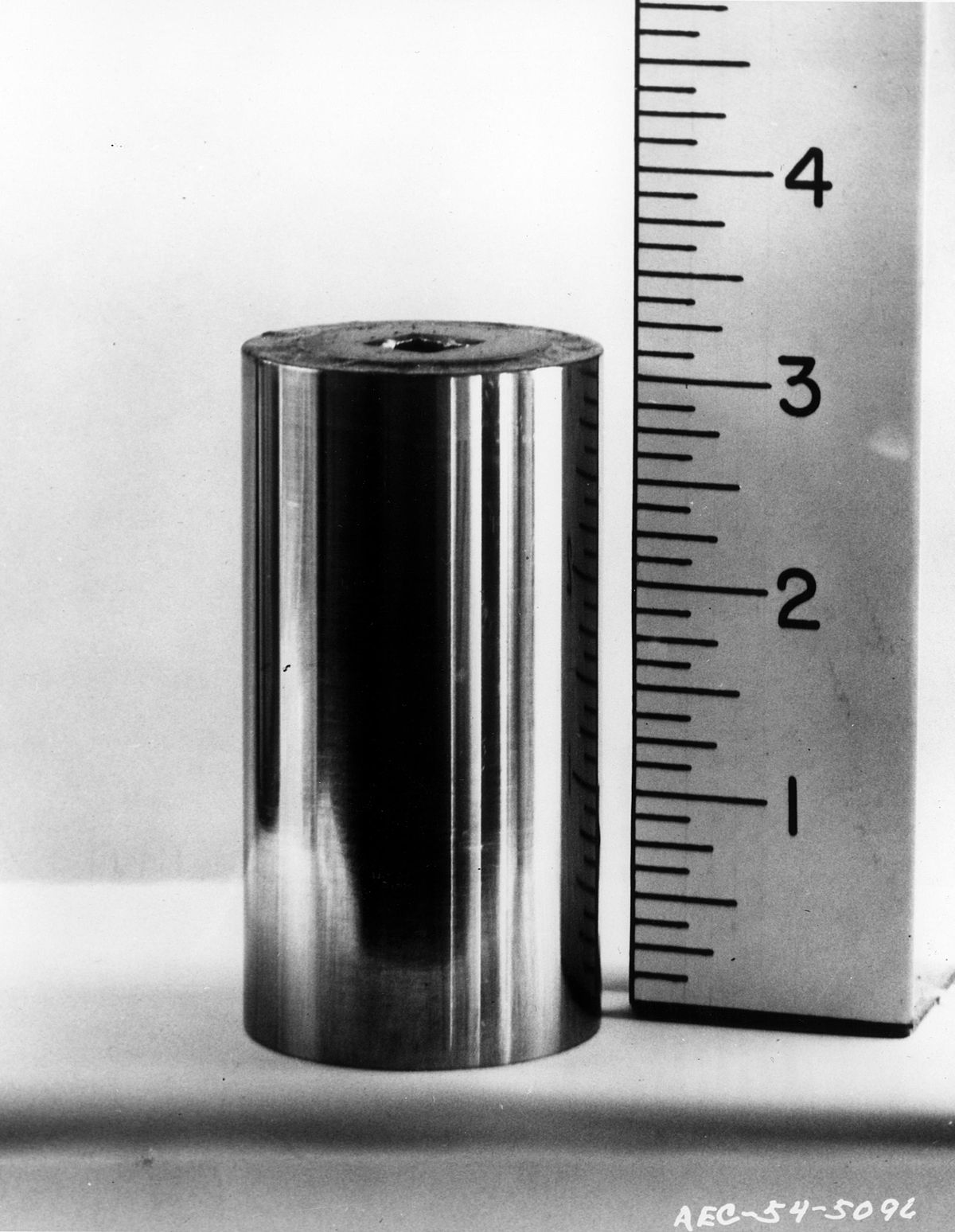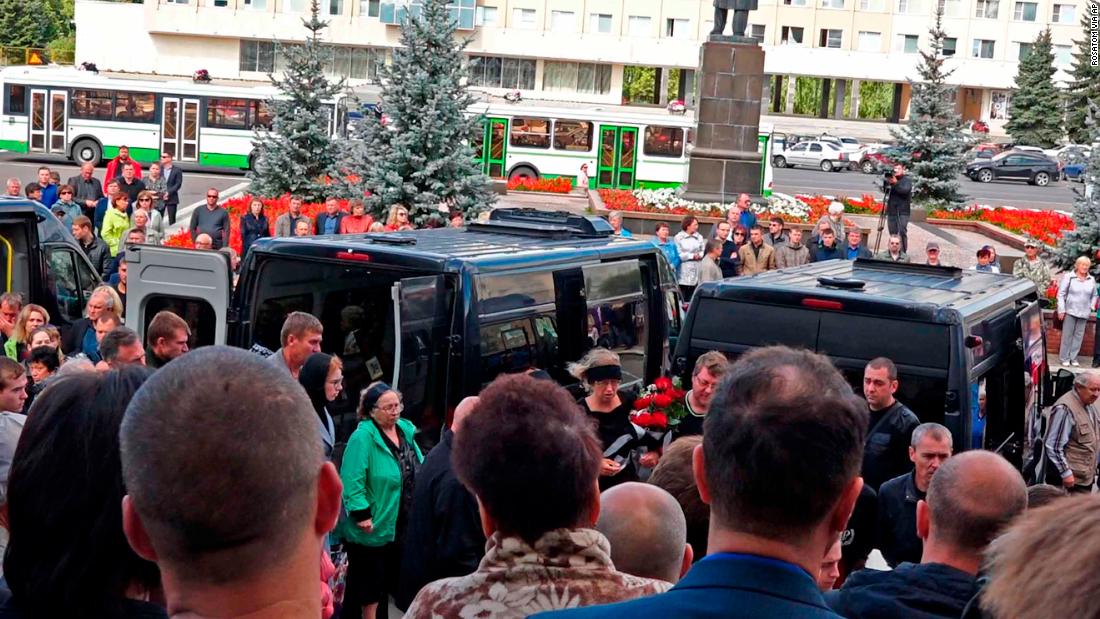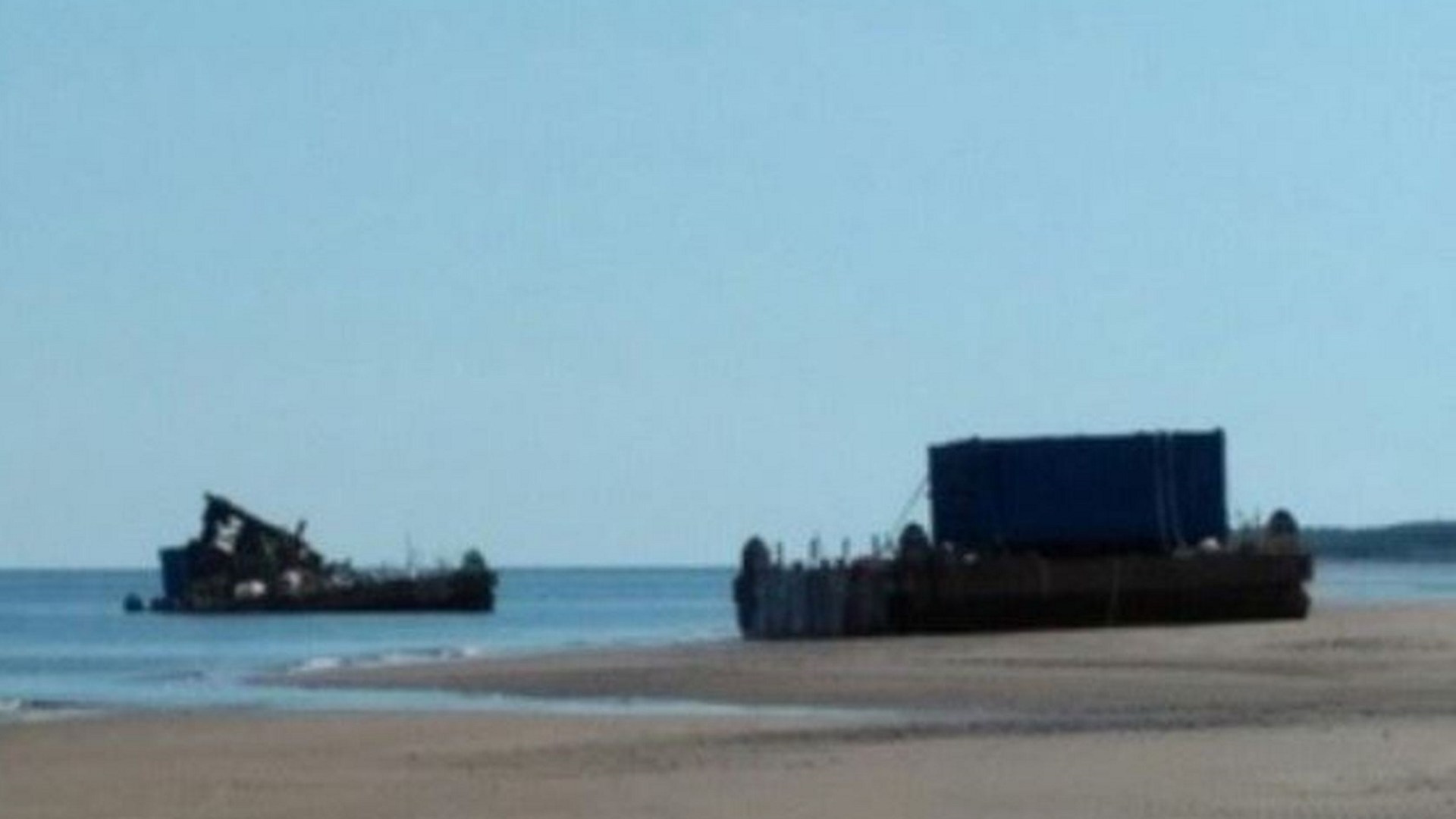Posted just today.
"An inadvertent criticality" The most up-to-date and comprehensive coalescence of OSINT data by Radio Free Europe/Radio Liberty on the early August event. Satellite imagery, some video as well (different than from before posted by other sites). A 100-foot-high water column indicating a blast near the surface of the water... ALso confirmation of the tracking of mission-linked recovery ships. Additionally, there is an allusion to a launch test of Burevestnik at Kapustin Yar last year. Also, no NOTAM, so the inference was that there was not a launch at all in the time frame.
Some excerpts:
"...
Did A Botched Bid To Recover A Sunken Missile Cause The Russian Radiation Blast?
The explosion at a Russian naval test range earlier this month that killed at least five people and sent out a plume of radiation may have occurred when specialists tried to salvage a sunken missile from the White Sea floor.
Documents, photographs, satellite imagery, and other open-source materials
reviewed by RFE/RL point strongly to an accident -- most likely underwater, or just near the surface -- as the cause of the August 8 blast in Nyonoksa, where Soviet and Russian military planners have conducted missile tests for decades.
In the days after the mishap, Russian civilian and military authorities gave conflicting information as to what exactly occurred, how many casualties there were, and where a recorded spike in radiation came from, and whether it was dangerous. It also sent intelligence analysts from Washington to Brussels to Oslo scrambling to figure out what happened.
...
Meanwhile, monitoring stations in the nearby shipbuilding port of Severodvinsk reported a brief spike in radiation levels in the hours after the explosion, but emphasized that there was no danger to public health.
On August 26,
Russia's federal weather agency said its sensors had detected several radioactive isotopes, including those that independent experts said were associated with a nuclear reaction, or a "fissile event."
...
Among the photographs and videos obtained by RFE/RL and first published on August 22 is one that shows two pontoon platforms floating close to the shoreline just west of the main Nyonoksa range site.
On each platform are two 6-meter, blue shipping containers, the kind that often appear in Defense Ministry promotional materials about missile launches.
The location of the containers matches up with satellite imagery obtained by RFE/RL in the days shortly after the explosion that also shows two objects floating close to shore in a similar position.
It matches up with another image obtained exclusively by RFE/RL that shows a blue container onshore at the Nyonoksa test site in October 2018.
And it matches up with a Google Maps image from 2019 of Kasputin Yar, a test range in southern Russia where analysts say a nuclear-powered cruise missile called the Burevestnik may have been tested in the past.
The blue containers are also used by a St. Petersburg shipping company called Ekomet-C, which advertises them as suitable for the "storage and transport of solid radioactive waste."
...
Satellite images and websites that track global shipping traffic have also identified the presence of a Rosatom ship called the Serebryanka that was in the Dvinsk Bay in the days leading up to the August 8 explosion. The ship is known for its role in transporting nuclear waste for the atomic energy company.
The ship was located 4 kilometers from Nyonoksa on the day of the blast and was tracked leaving the region and returning to its home port of Murmansk on August 9.
Another ship also appears in a satellite image dated August 13: a special purpose rescue and recovery ship known as the Zvyozdochka. Equipped with two heavy-lift cranes positioned on its aft, the ship also has two deepwater, unmanned submersibles believed to be used primarily for salvage and recovery operations.
An investigation by RFE/RL strongly points to the failure of an effort to recover a sunken missile as the cause of the August 8 White Sea explosion that killed at least five people, spewed radioactive isotopes, and brought heightened scrutiny to Russia's push to develop new weapons.

www.rferl.org










